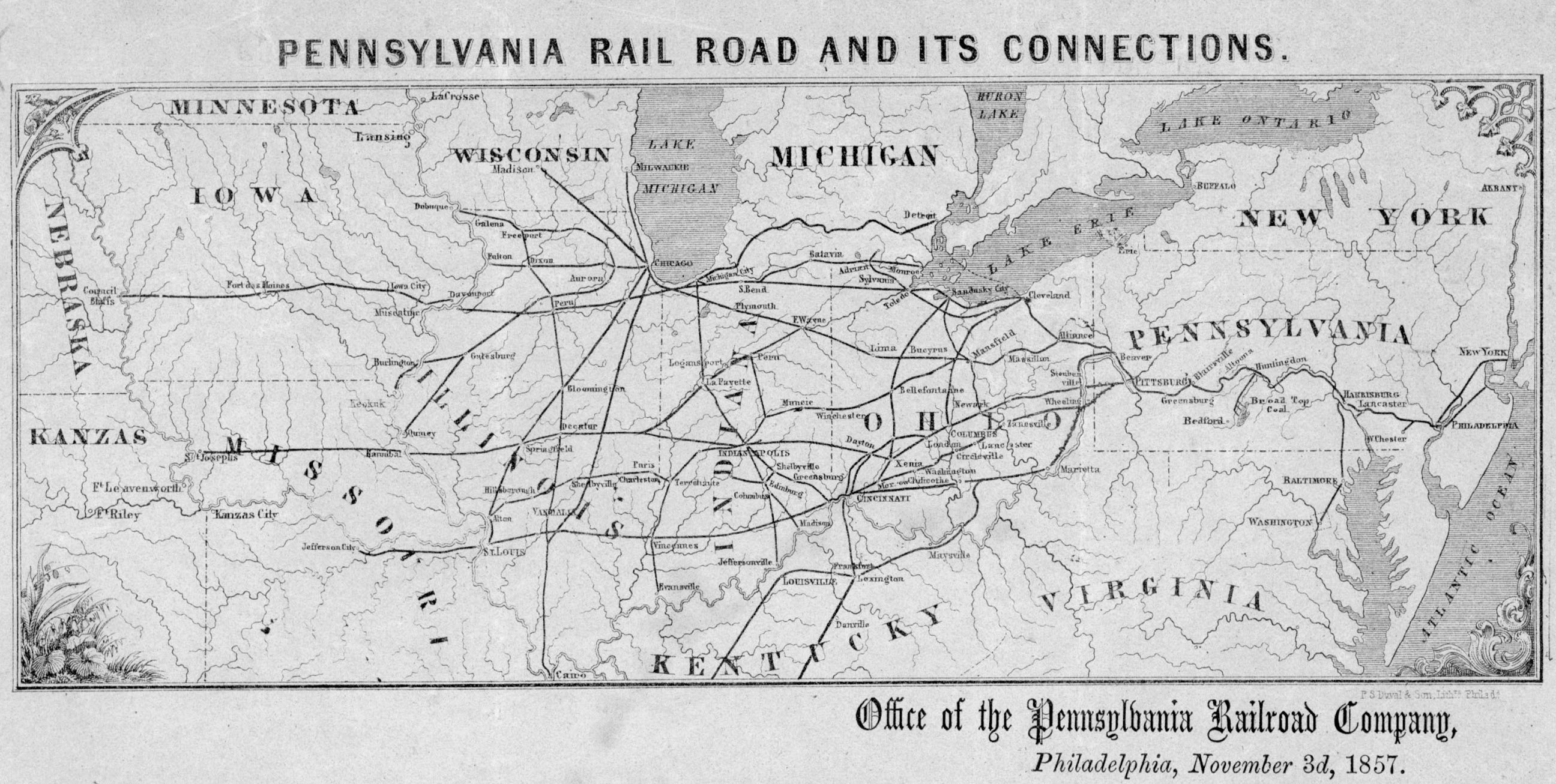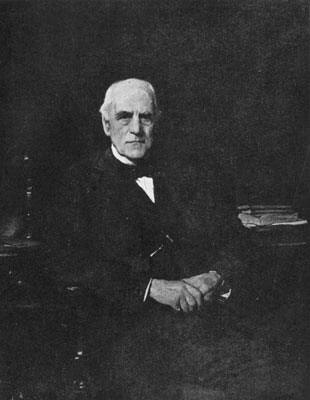|
Kuhn, Loeb
Kuhn, Loeb & Co. was an American multinational investment bank founded in 1867 by Abraham Kuhn and his brother-in-law Solomon Loeb. Headed from 1885 onwards by Jacob H. Schiff, Loeb's son-in-law, it grew to be one of the most influential investment banks in the late-19th and early-20th centuries, financing America's expanding railways and growth companies, including Western Union and Westinghouse, and thereby becoming the principal rival of J.P. Morgan & Co. In the years following Schiff's death in 1920, the firm was led by Otto Kahn (died 1934) and Felix Warburg (died 1937), men who had already solidified their roles as Schiff's able successors. However, the firm's fortunes began to fade following the end of World War II in 1945—it failed to keep pace with a rapidly changing investment-banking industry, in which Kuhn, Loeb's old-world, genteel ways, did not seem to fit; the days of the gentleman-banker had passed. The firm lost its independence from the Bulge Bracket ... [...More Info...] [...Related Items...] OR: [Wikipedia] [Google] [Baidu] |
Partnership
A partnership is an agreement where parties agree to cooperate to advance their mutual interests. The partners in a partnership may be individuals, businesses, interest-based organizations, schools, governments or combinations. Organizations may partner to increase the likelihood of each achieving their mission and to amplify their reach. A partnership may result in issuing and holding equity or may be only governed by a contract. History Partnerships have a long history; they were already in use in medieval times in Europe and in the Middle East. According to a 2006 article, the first partnership was implemented in 1383 by Francesco di Marco Datini, a merchant of Prato and Florence. The Covoni company (1336–40) and the Del Buono-Bencivenni company (1336–40) have also been referred to as early partnerships, but they were not formal partnerships. In Europe, the partnerships contributed to the Commercial Revolution which started in the 13th century. In the 15th century ... [...More Info...] [...Related Items...] OR: [Wikipedia] [Google] [Baidu] |
World War II
World War II or the Second World War (1 September 1939 – 2 September 1945) was a World war, global conflict between two coalitions: the Allies of World War II, Allies and the Axis powers. World War II by country, Nearly all of the world's countries participated, with many nations mobilising all resources in pursuit of total war. Tanks in World War II, Tanks and Air warfare of World War II, aircraft played major roles, enabling the strategic bombing of cities and delivery of the Atomic bombings of Hiroshima and Nagasaki, first and only nuclear weapons ever used in war. World War II is the List of wars by death toll, deadliest conflict in history, causing World War II casualties, the death of 70 to 85 million people, more than half of whom were civilians. Millions died in genocides, including the Holocaust, and by massacres, starvation, and disease. After the Allied victory, Allied-occupied Germany, Germany, Allied-occupied Austria, Austria, Occupation of Japan, Japan, a ... [...More Info...] [...Related Items...] OR: [Wikipedia] [Google] [Baidu] |
Pennsylvania Railroad
The Pennsylvania Railroad ( reporting mark PRR), legal name as the Pennsylvania Railroad Company, also known as the "Pennsy," was an American Class I railroad that was established in 1846 and headquartered in Philadelphia, Pennsylvania. At its peak in 1882, the Pennsylvania Railroad was the largest railroad (by traffic and revenue), the largest transportation enterprise, and the largest corporation in the world. Over its existence, Pennsylvania Railroad acquired, merged with, or owned part of at least 800 other rail lines and companies. At the end of 1926, it operated of rail line;This mileage includes companies independently operated. PRR miles of all tracks, which includes first (or main), second, third, fourth, and sidings, totalled 28,040.49 at the end of 1926. in the 1920s, it carried nearly three times the traffic as other railroads of comparable length, such as the Union Pacific and Atchison, Topeka & Santa Fe railroads. Its only formidable rival was the New York Centra ... [...More Info...] [...Related Items...] OR: [Wikipedia] [Google] [Baidu] |
Chicago And North Western Railroad
The Chicago and North Western was a Railroad classes#Class I, Class I railroad in the Midwestern United States. It was also known as the "North Western". The railroad operated more than of track at the turn of the 20th century, and over of track in seven states before retrenchment in the late 1970s. Until 1972, when the employees purchased the company, it was named the Chicago and North Western Railway (or Chicago and North Western Railway Company). The C&NW became one of the longest railroads in the United States as a result of mergers with other railroads, such as the Chicago Great Western Railway, Minneapolis and St. Louis Railway and others. By 1995, track sales and abandonment had reduced the total mileage to about 5,000. The majority of the abandoned and sold lines were lightly trafficked branches in Iowa, Illinois, Minnesota, South Dakota and Wisconsin. Large line sales, such as those that resulted in the Dakota, Minnesota and Eastern Railroad, further helped reduce th ... [...More Info...] [...Related Items...] OR: [Wikipedia] [Google] [Baidu] |
History Of Rail Transport In The United States
Railroads played a large role in the development of the United States from the Industrial Revolution in the Northeast (1820s–1850s) to the settlement of the West (1850s–1890s). The American railroad mania began with the founding of the first passenger and freight line in the country, the Baltimore and Ohio Railroad, in 1827, and the "Laying of the First Stone" ceremonies and the beginning of its long construction heading westward over the obstacles of the Appalachian Mountains eastern chain in the next year. It flourished with continuous railway building projects for the next 45 years until the financial Panic of 1873, followed by a major economic depression, that bankrupted many companies and temporarily stymied and ended growth. Railroads not only increased the speed of transport, they also dramatically lowered its cost. The first transcontinental railroad resulted in passengers and freight being able to cross the country in a matter of days instead of months and at one te ... [...More Info...] [...Related Items...] OR: [Wikipedia] [Google] [Baidu] |
John Pierpont Morgan
John Pierpont Morgan Sr. (April 17, 1837 – March 31, 1913) was an American financier and investment banker who dominated corporate finance on Wall Street throughout the Gilded Age and Progressive Era. As the head of the banking firm that ultimately became known as JPMorgan Chase & Co., he was a driving force behind the wave of industrial consolidations in the United States at the turn of the twentieth century. Over the course of his career on Wall Street, Morgan spearheaded the formation of several prominent multinational corporations including U.S. Steel, International Harvester, and General Electric. He and his partners also held controlling interests in numerous other American businesses including Aetna, Western Union, the Pullman Car Company, and 21 railroads. His grandfather Joseph Morgan was one of the co-founders of Aetna. Through his holdings, Morgan exercised enormous influence over capital markets in the United States. During the Panic of 1907, he organized ... [...More Info...] [...Related Items...] OR: [Wikipedia] [Google] [Baidu] |
Jacob Schiff
Jacob Henry Schiff (born Jakob Heinrich Schiff; January 10, 1847 – September 25, 1920) was a German-born American banker, businessman, and philanthropist. He helped finance the expansion of American railroads and the Japanese military efforts against Tsarist Russia in the Russo-Japanese War. Born in Frankfurt, Germany, Schiff migrated to the United States after the American Civil War and joined the firm Kuhn, Loeb & Co. From his base on Wall Street, he was the foremost Jewish leader from 1880 to 1920 in what later became known as the "Schiff era", grappling with all major Jewish issues and problems of the day, including the plight of Russian Jews, American and international antisemitism, care of needy Jewish immigrants, and the rise of Zionism. He also became a director of many important corporations, including the National City Bank of New York, Equitable Life Assurance Society, Wells Fargo & Company, and the Union Pacific Railroad. In many of his interests he was associat ... [...More Info...] [...Related Items...] OR: [Wikipedia] [Google] [Baidu] |
Ohio
Ohio ( ) is a U.S. state, state in the Midwestern United States, Midwestern region of the United States. It borders Lake Erie to the north, Pennsylvania to the east, West Virginia to the southeast, Kentucky to the southwest, Indiana to the west, and Michigan to the northwest. Of the 50 List of states and territories of the United States, U.S. states, it is the List of U.S. states and territories by area, 34th-largest by area. With a population of nearly 11.9 million, Ohio is the List of U.S. states and territories by population, seventh-most populous and List of U.S. states and territories by population density, tenth-most densely populated state. Its List of capitals in the United States, capital and List of cities in Ohio, most populous city is Columbus, Ohio, Columbus, with the two other major Metropolitan statistical area, metropolitan centers being Cleveland and Cincinnati, alongside Dayton, Ohio, Dayton, Akron, Ohio, Akron, and Toledo, Ohio, Toledo. Ohio is nicknamed th ... [...More Info...] [...Related Items...] OR: [Wikipedia] [Google] [Baidu] |
Cincinnati
Cincinnati ( ; colloquially nicknamed Cincy) is a city in Hamilton County, Ohio, United States, and its county seat. Settled in 1788, the city is located on the northern side of the confluence of the Licking River (Kentucky), Licking and Ohio River, Ohio rivers, the latter of which marks the state line with Kentucky. It is the List of cities in Ohio, third-most populous city in Ohio and List of united states cities by population, 66th-most populous in the U.S., with a population of 309,317 at the 2020 census. The city is the economic and cultural hub of the Cincinnati metropolitan area, Ohio's most populous metro area and the Metropolitan statistical area, nation's 30th-largest, with over 2.3 million residents. Throughout much of the 19th century, Cincinnati was among the Largest cities in the United States by population by decade, top 10 U.S. cities by population. The city developed as a port, river town for cargo shipping by steamboats, located at the crossroads of the Nor ... [...More Info...] [...Related Items...] OR: [Wikipedia] [Google] [Baidu] |
Shearson Lehman/American Express
Shearson was the name of a series of investment banking and retail brokerage firms from 1902 until 1994, named for Edward ShearsonA thousand American Men of Mark of Today 20th Edition, 1917. p.323 and the firm he founded, Shearson Hammill & Co. Among Shearson's most notable incarnations were Shearson / American Express, Shearson Lehman / American Express, Shearson Lehman Brothers, Shearson Lehman Hutton and finally Smith Barney Shearson. For its first eight decades, the firm operated independently and merged with several Wall Street securities firms including Hayden Stone & Co. and Loeb Rhoades & Co. In 1981, Shearson was acquired by American Express and operated as a subsidiary of the financial services company before being merged with Lehman Brothers Kuhn Loeb in 1984 and E.F. Hutton & Co. in 19 ... [...More Info...] [...Related Items...] OR: [Wikipedia] [Google] [Baidu] |







